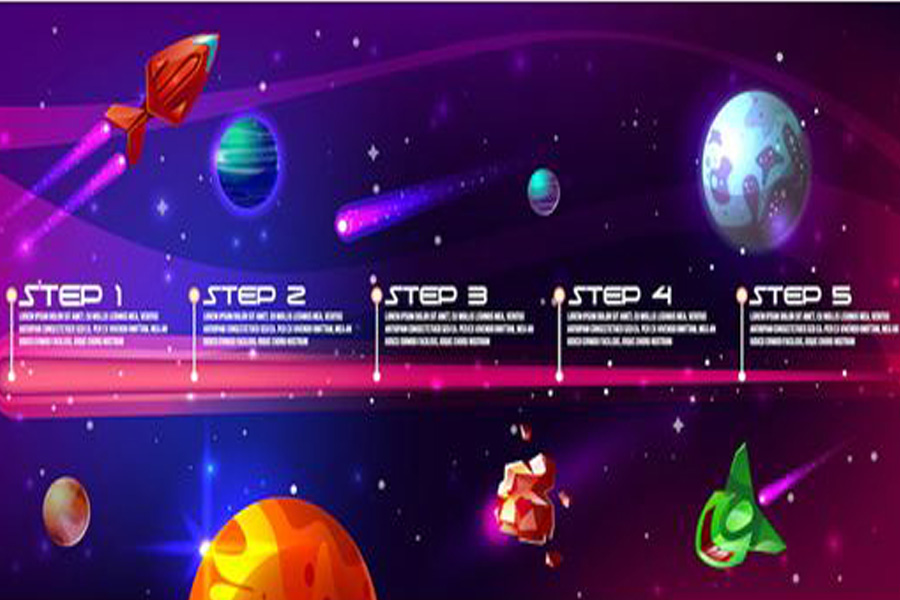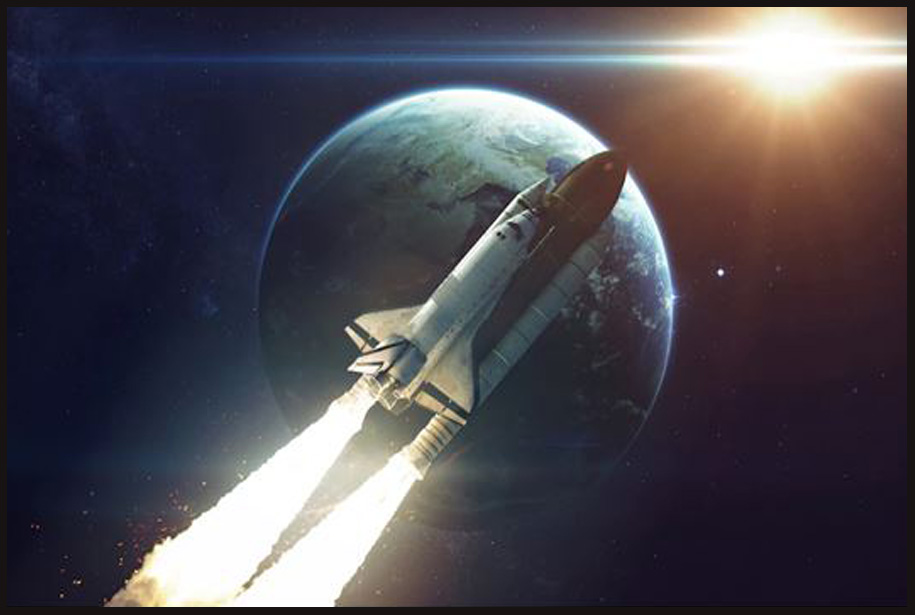Aviation and aerospace are two different industries, but both are bound by the same realm of technology. These emerging trends in aerospace technology could affect the future of aviation. In this article, we’ll explore 10 emerging trends in aerospace that you need to know about!
Aerospace Technology Trends
Aerospace technology is constantly evolving and advancing, and there are a number of emerging trends that should be on the radar of companies in the industry. Here are four of the most important aerospace technology trends to watch out for in the near future:
1. Autonomous vehicles:
This is one of the most important trends in aerospace technology because it could have a massive impact on how people travel. Autonomous vehicles will not only make transportation more convenient, but they could also save lives. For example, autonomous cars can avoid accidents by sensing obstacles ahead and steering around them.
2. 3D printing:
3D printing is becoming increasingly popular in aerospace technology because it allows companies to create custom parts quickly and cheaply. This is especially important for aircraft manufacturers because it allows them to improve production efficiency and reduce costs.
3. Robotics:
Robotics is another key trend in aerospace technology because it allows machines to perform tasks that would otherwise be difficult or impossible for humans to do. This includes everything from manufacturing aircraft components to performing safety checks on planes.
4. Drone technology:
Drones are becoming increasingly popular in aerospace technology because they allow companies to survey large areas quickly and without incurring any risk. This is especially valuable for mapping
The Future of Aerospace

The future of aerospace technology is looking very promising. Here are some of the most popular emerging aerospace technology trends:
1. Zero-Fuel Aircraft
Zero-fuel aircraft are those which do not require any fuel to fly. They can be powered by solar, wind, or other renewable energy sources such as hydrogen and biofuels.
The concept of zero-fuel aircraft was first introduced in the 1970s, but it is only recently that their use has become more widespread. In fact, some people have even referred to them as “the new electric aeroplanes” because they are so much cheaper than conventional planes with similar performance capabilities.
2. Additive Manufacturing (3D Printing) :
3D printing is another technology that is revolutionizing aerospace engineering. It allows for the creation of custom parts and components, which is vital in the future of aviation. This technology has the potential to improve aircraft performance by creating lighter and stronger materials.
3. Supersonic Flights:
Supersonic flights are those that travel faster than the speed of sound. This is a very fast speed and it is not possible to achieve this with normal aircraft. The fastest flight in the world was achieved by Concorde, which reached a speed of 2,193 mph (3,417 km/h) at an altitude of 60,000 feet (18 miles). However, this was only achieved for short periods due to the fact that it had to stop every few minutes due to fuel consumption issues.
4. Autonomous Flight Systems:
Autonomous flight systems are a new type of aircraft that will be able to fly themselves. They have been in development for the past few years and have come a long way from their early prototypes. The latest models are capable of flying themselves without any human intervention or even having to know where they are going.
This means that there is no need for pilots, nor does it require any special equipment such as GPS or radio signals to navigate the aircraft. There is also no need for ground control stations because these planes can operate on their own without being controlled by anyone else than the pilot who has programmed them into doing so.
5. Artificial intelligence:
Artificial intelligence aerospace technology is the application of artificial intelligence to the design, development, and operation of aircraft. The term AI in this context refers to “artificial” intelligence as opposed to “natural” or “common sense” intelligence. It also encompasses machine learning, deep learning, and other forms of advanced data analytics with Advance level ideas provided by Incrementors to companies that enable the system to learn from its own experience without being programmed with rules or algorithms.
The main objective of Artificial Intelligence Aerospace Technology is the automation of complex tasks such as flight control, navigation, mission planning, etc., which can be done by using sensors and computers on board an aircraft instead of a human pilot.
Elon Musk and SpaceX
- Elon Musk and SpaceX are two of the most important players in the emerging aerospace technology industry.
- They are both working on new ways to make space travel more affordable and easier.
- Their work is helping to revolutionize the way we think about space exploration.
- Elon Musk and SpaceX are paving the way for future space exploration, and their work is essential for the future of humanity.
The Future of Space Exploration
The future of space exploration is looking bright! Here are some of the top emerging aerospace technology trends that will shape the future of space exploration.
One of the biggest trends in aerospace technology is the development of reusable spacecraft. This means that spacecraft will be able to return to Earth multiple times. This would make space travel cheaper and more accessible for everyone.
Another trend in aerospace technology is the development of unmanned aerial vehicles (UAVs). UAVs are often used for military purposes, but they could also be used for civilian purposes such as monitoring crops or security footage. They are also becoming popular for tourism, as they can provide a unique perspective on different locations.
Another trend in aerospace technology is the development of solar-powered aircraft. Solar-powered aircraft rely on solar panels to power their engines. This makes them environmentally friendly, as they don’t require any fuel or electricity to operate.
As you can see, there are many exciting developments happening in aerospace technology. The future looks bright for space exploration, and these trends will shape it accordingly!
Global Impact on the 21st Century
Aerospace technology has always been at the forefront of innovation. From aircraft design to satellite communications, the aerospace industry has always been at the forefront of change.
In this article, we will take a look at some of the top emerging aerospace technology trends that will have a global impact on the 21st century.
1. Autonomous Aircraft
Autonomous aircraft are becoming more and more common in today’s world. These aircraft don’t require human interaction, which makes them ideal for transportation purposes.
2. 3D Printing in Aerospace
3D printing is quickly becoming a key component of aerospace manufacturing. This technology allows for the rapid creation of complex parts and devices.
3. Robotics in Aerospace
Robotics is becoming an important part of aerospace engineering. These devices can help to improve safety and efficiency in aviation industries across the globe.
Aviation Market Forces

Aviation market forces are driving the emergence of new aerospace technology trends. Over the past few years, the aviation industry has been experiencing some major changes.
The global economy has been doing well, which has led to an increase in air travel. In addition, airlines have been investing in new aircraft and amenities, such as Wi-Fi and entertainment systems. This has put additional pressure on the aviation industry to meet customer demand.
As a result, new aerospace technology trends are emerging to meet these demands. Some of these trends include autonomous aircraft and flying cars. Autonomous aircraft are designed to fly without the need of a pilot. Flying cars are vehicles that can be driven on the ground or in the air. They are similar to planes in that they have wings and an engine, but they are designed to be driven using electric motors instead of gasoline engines.
These new aerospace technology trends are exciting and could have a significant impact on the future of aviation. They could revolutionize air travel and make it more comfortable and convenient for passengers.
Conclusion
It’s no secret that the aerospace industry is booming, with new and innovative technologies constantly being developed to keep aircraft flying safely and efficiently. Incrementors approach new top-level solutions for their agency From drone technology to autonomous takeoff and landing systems, here are some of the top emerging aerospace technology trends you need to know about.



